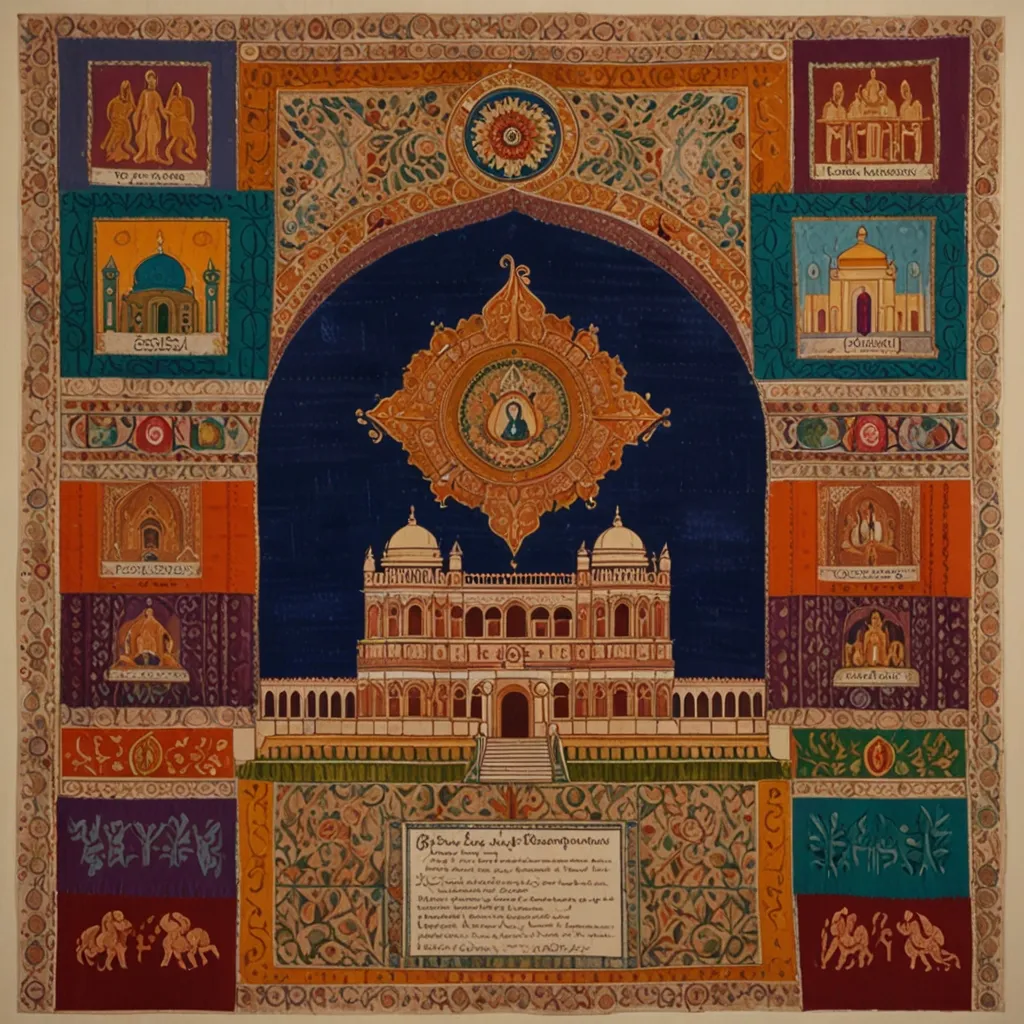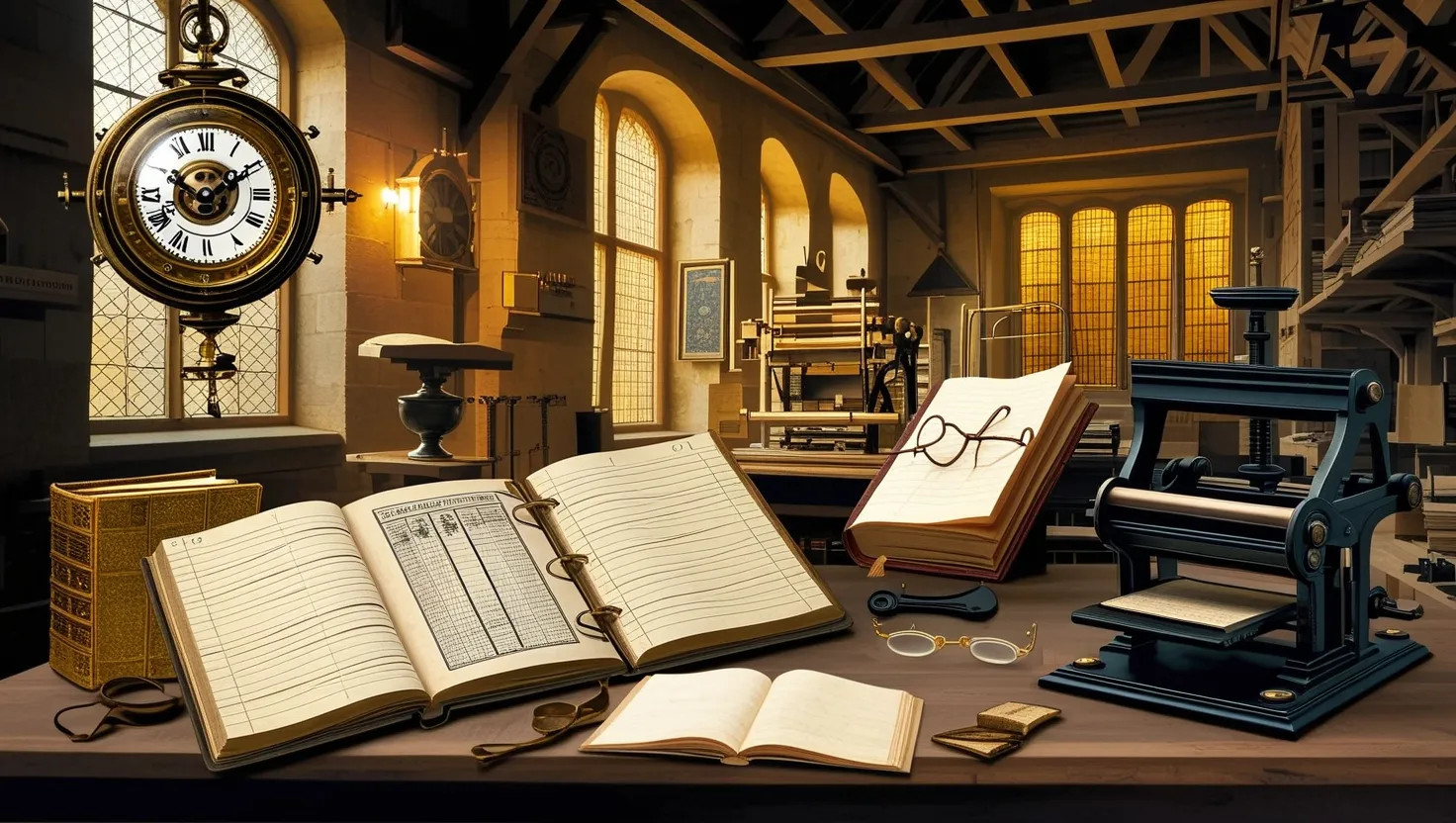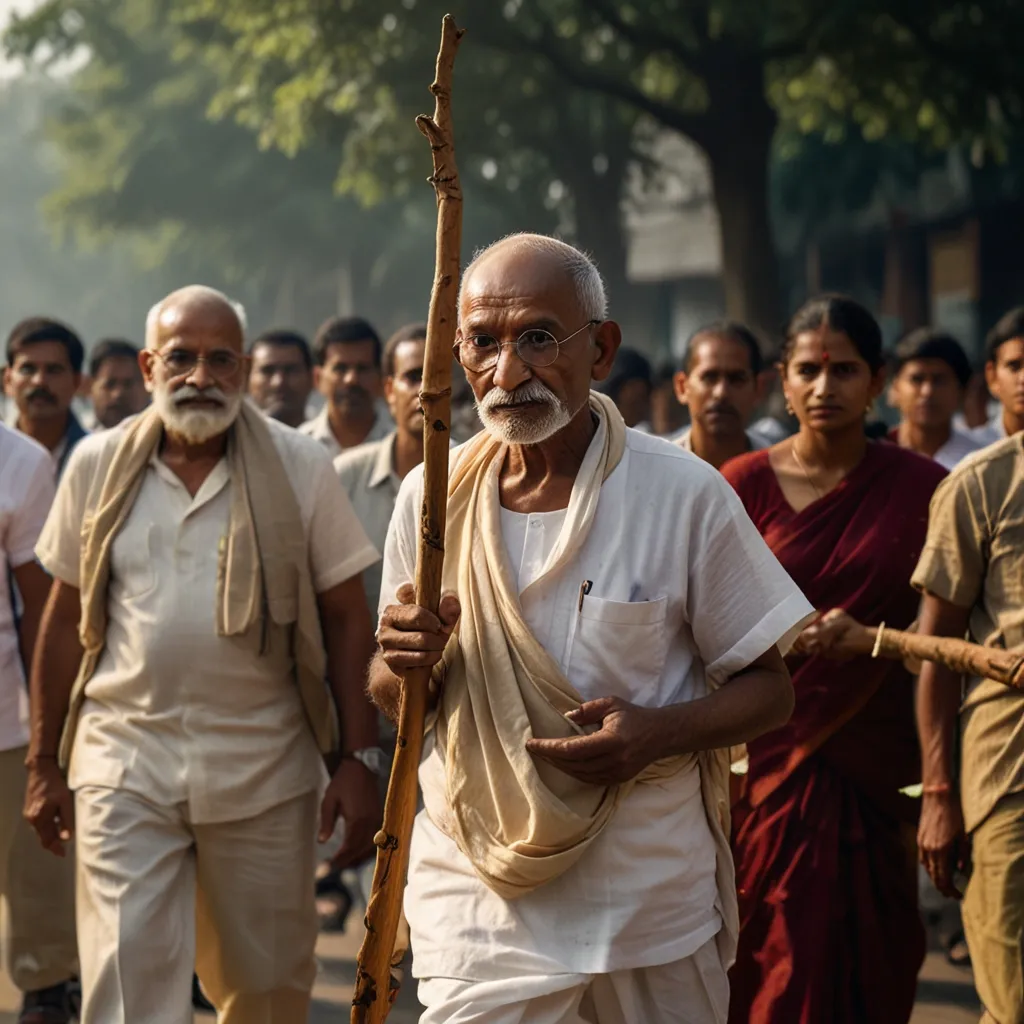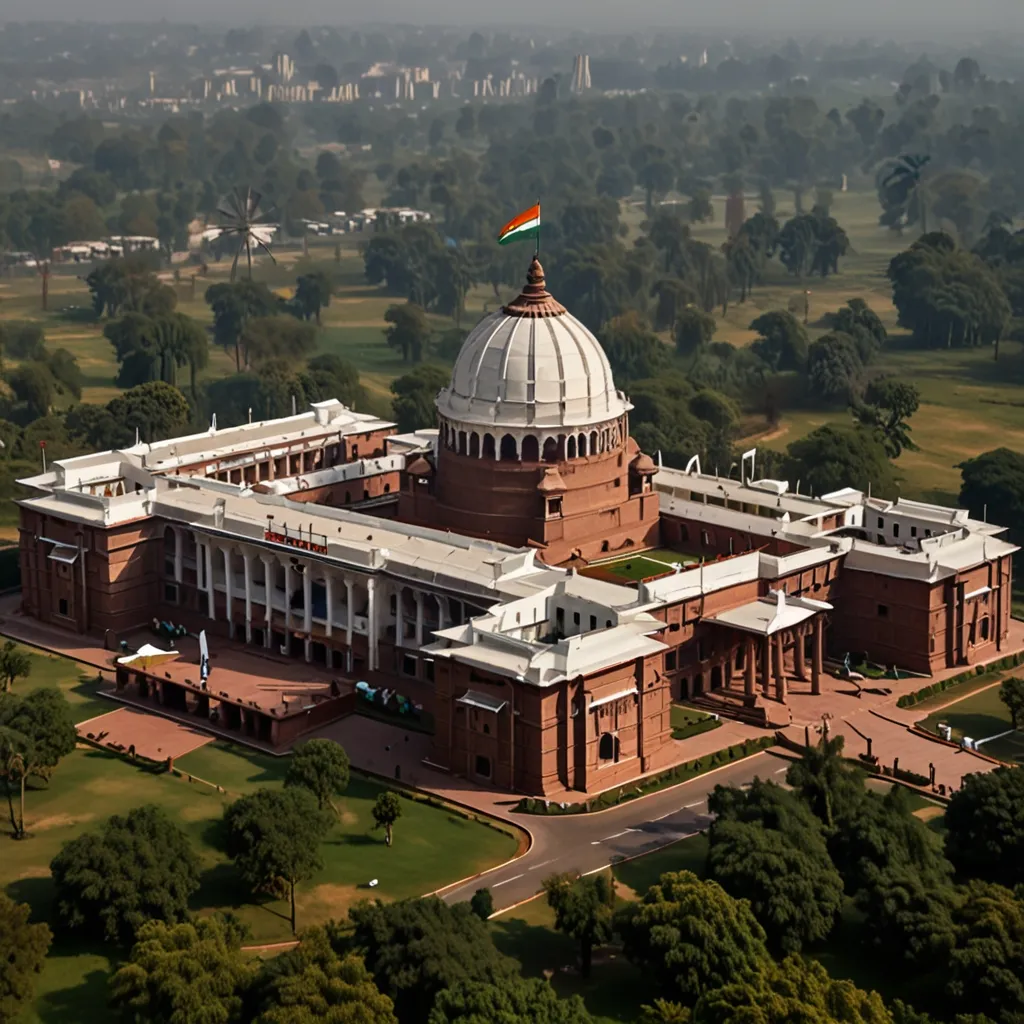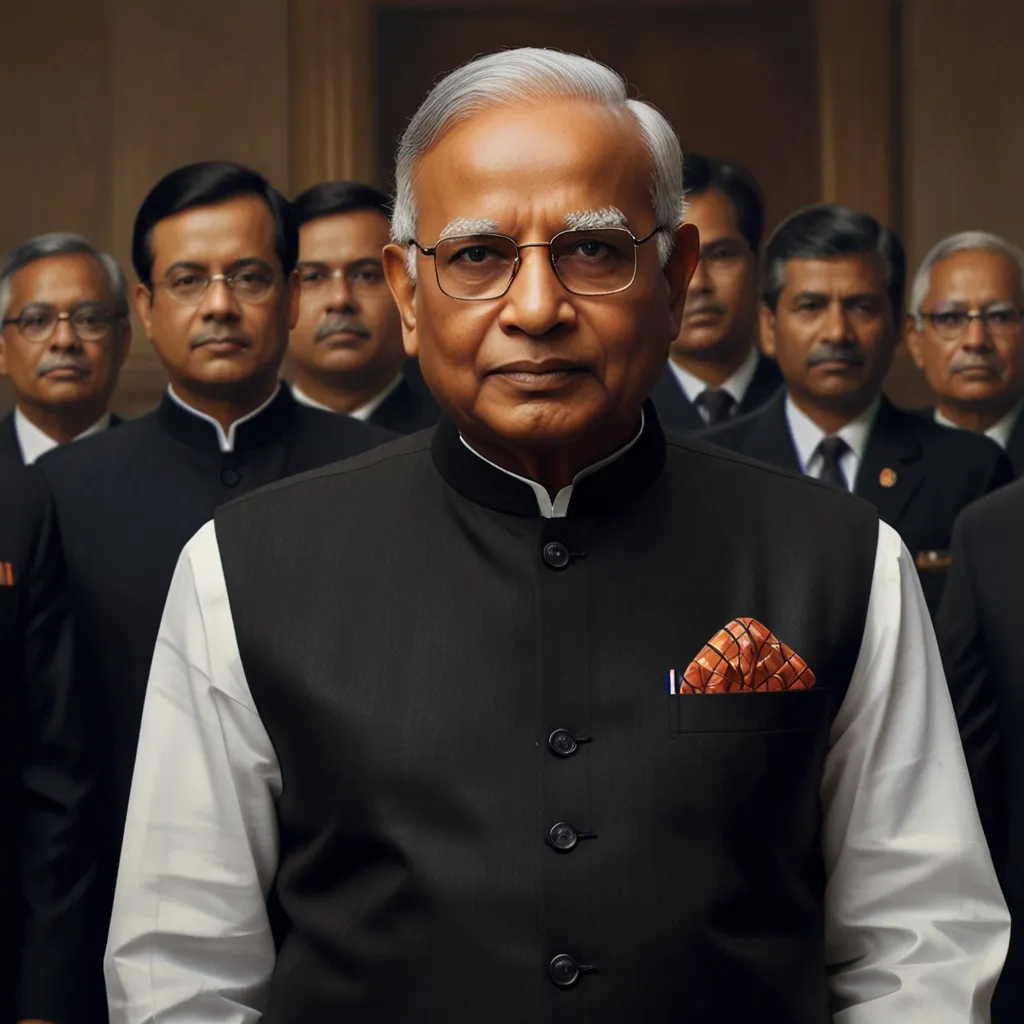The Indian Constitution is pretty much the backbone of the country’s legal and political system. Adopted back in 1949 and kicking into action on January 26, 1950, it’s the longest written constitution globally, packed with 448 articles split into 24 parts and 12 schedules. This massive piece of work was pieced together by the Constituent Assembly, a diverse group of 299 folks from all walks of life in India.
Taking bits and pieces from other countries’ constitutions, the Indian Constitution is a mashup of proved ideas and original features made just for India. It borrowed from Australia, Canada, Ireland, Japan, the Soviet Union, the UK, the USA, Germany, South Africa, and France. The Federal scheme, the Governor, the judicial system, and stuff like emergency provisions all hint at influences from the Government of India Act 1935. Still, the Indian Constitution stands on its own, echoing the country’s history and diversity.
The Indian Constitution brands India as sovereign, socialist, secular, and democratic. Justice, equality, and liberty are the mainstays for all citizens. It’s a parliamentary democracy, with a president as the figurehead and a prime minister running the show. Legislative power is split between the central and state governments, featuring a two-house parliament – the Lok Sabha and Rajya Sabha. Plus, a solid judiciary including the Supreme Court and High Courts ensures laws are upheld and rights protected.
A standout feature of the Constitution is its strong nod to fundamental rights and directive principles. Fundamental rights include equality before the law, freedom of speech, and protection against discrimination on many fronts. These rights are safeguarded by the courts. The directive principles guide the government towards social and economic welfare, aiming for equal pay, good living standards, and environmental protection.
It’s all about lifting the disadvantaged too. There are provisions for Scheduled Castes and Tribes, village self-governments (panchayats), and free education for kids, pushing for social justice and equality for everyone.
But, life isn’t perfect, right? Since it came into force, the Indian Constitution has been tweaked 97 times already. These amendments are often necessary to deal with issues that elsewhere might be handled by simple laws, sparking debates on its flexibility versus its core principles. Plus, its sheer length and complexity make it tricky—few people have read it all, leading to confusion and different takes.
All in all, the Indian Constitution is crucial in shaping India’s legal, political, and social landscape. It balances individual rights with a push for social justice and equality, offering a flexible yet solid governance framework. Despite its length and complexity, it stands as a strong symbol of India’s dedication to democracy and the rule of law.
